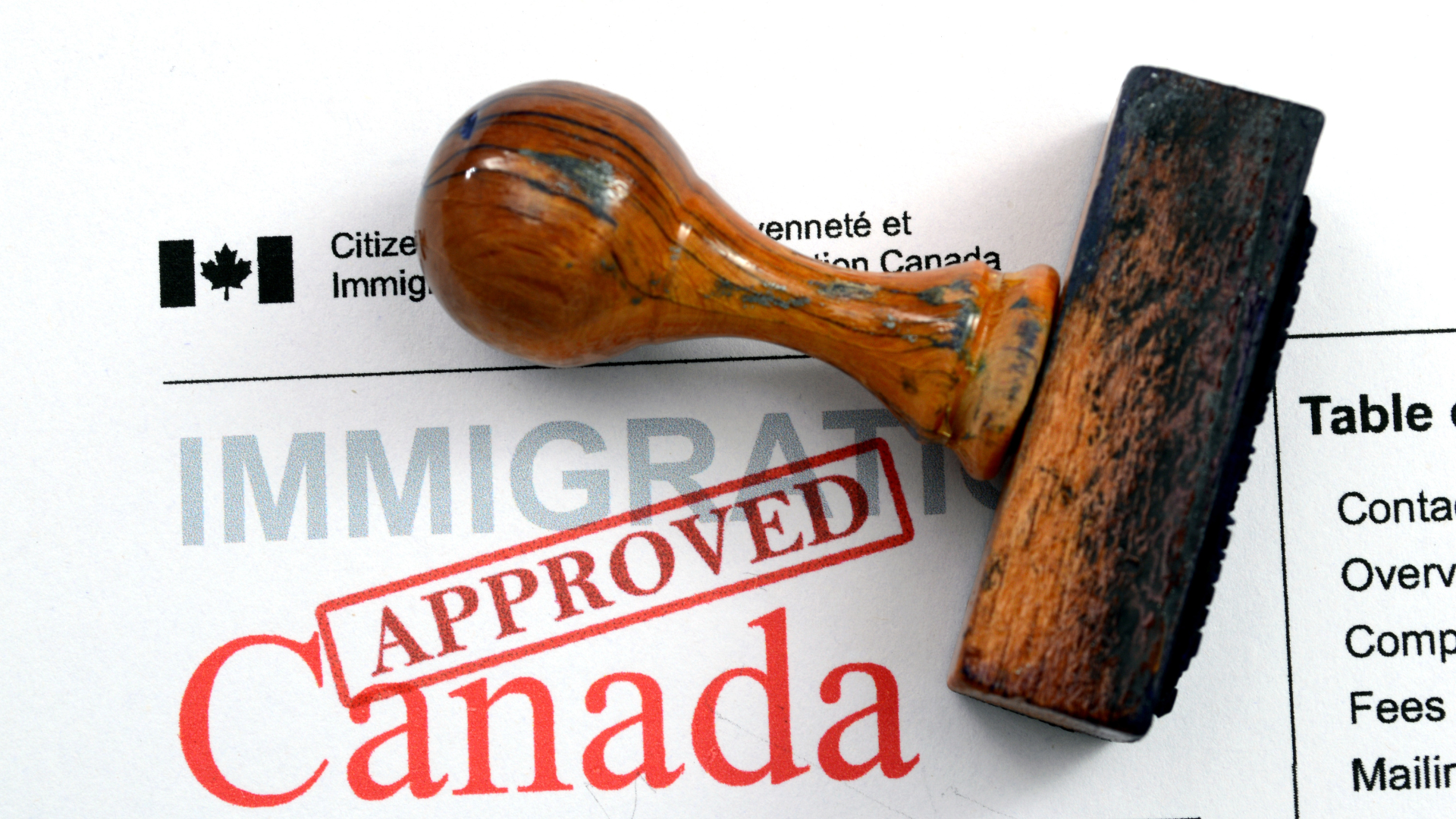IRCC Makes Major Progress in Clearing Immigration Backlog

Immigration, Refugees, and Citizenship Canada (IRCC) has
made significant strides in reducing its backlog of immigration applications.
As of December 31, 2024, the backlog now sits at 942,300 applications—marking
the first time in months it has dipped below the one-million mark.
A Look at the Numbers
At the end of November, IRCC’s backlog stood at 1,006,500
applications. By December 31, this number had decreased by 6.38%. This
improvement comes after months of higher figures, with the last sub-million
backlog recorded back in June 2024.
- Backlog
Trends by Month:
- June
30, 2024: 936,600 applications
- July
31, 2024: 1,002,400 applications
- August
31, 2024: 1,078,300 applications
- September
30, 2024: 1,097,000 applications
- October
31, 2024: 1,056,100 applications
- November
30, 2024: 1,006,500 applications
- December
31, 2024: 942,300 applications
Overall, IRCC’s total application inventory has also shrunk. At the end of
December, there were 2,119,900 applications in the inventory, down from
2,267,700 the previous month.
Understanding the Backlog
IRCC defines a backlog as any application not processed
within its published service standards. These standards vary by program—for
example, Express Entry applications typically have a six-month service
standard, while family sponsorship applications are expected to be processed
within 12 months.
Backlog Breakdown
- Permanent
Resident Applications:
By the end of December, IRCC’s inventory included 836,900 applications for permanent residency. Of these, 344,700 were considered backlog. - Express
Entry: 18% of applications are in backlog,
meeting the goal of processing 80% within six months.
- Provincial
Nominee Program (PNP): Backlog rose to 25%.
- Family
Sponsorship: 15% of applications remain in backlog,
which aligns with the projected rate.
- Temporary
Resident Applications:
Temporary residency programs, including work permits, study permits, and visitor visas, had a higher backlog rate. As of December, 47% of these applications were processed within service standards, leaving 557,000 in backlog. - Visitor
Visas: 75% are in backlog, exceeding the
projected rate of 61%.
- Study
Permits: The backlog climbed to 43%, up from 36%
the month prior, and well above the target of 26%.
- Work
Permits: Backlog reached 57%, compared to 51% in
November and a projected rate of 40%.
- Citizenship
Applications:
Citizenship applications showed better progress. Of the 232,300 citizenship applications, 83% were processed within service standards, leaving just 17% in backlog.
What’s Driving These Changes?
Several factors are influencing the reduction in backlog.
The federal government’s Immigration Levels Plan 2025-27 announced lower
permanent resident admission targets for the next three years, which could help
IRCC focus on clearing the existing backlog.
However, there are challenges ahead. IRCC plans to cut
around 3,300 jobs over the next three years. While this move aligns with the
lower immigration targets, it raises concerns about possible processing delays.
As of now, IRCC hasn’t specified which departments will be affected by these
cuts.
Additional Measures to Reduce Backlog
IRCC is taking various steps to speed up processing times
and further reduce backlog numbers. These include:
- Prioritizing
applications from essential workers.
- Leveraging
advanced analytics and automated tools to streamline family sponsorship
applications.
- Pausing
invitations for parents and grandparents sponsorship applications in 2025.
These measures, along with the revised immigration targets,
are helping IRCC make steady progress in tackling its backlog. Although
challenges remain, the ongoing efforts offer hope that processing times and
overall efficiency will continue to improve in the months ahead.





